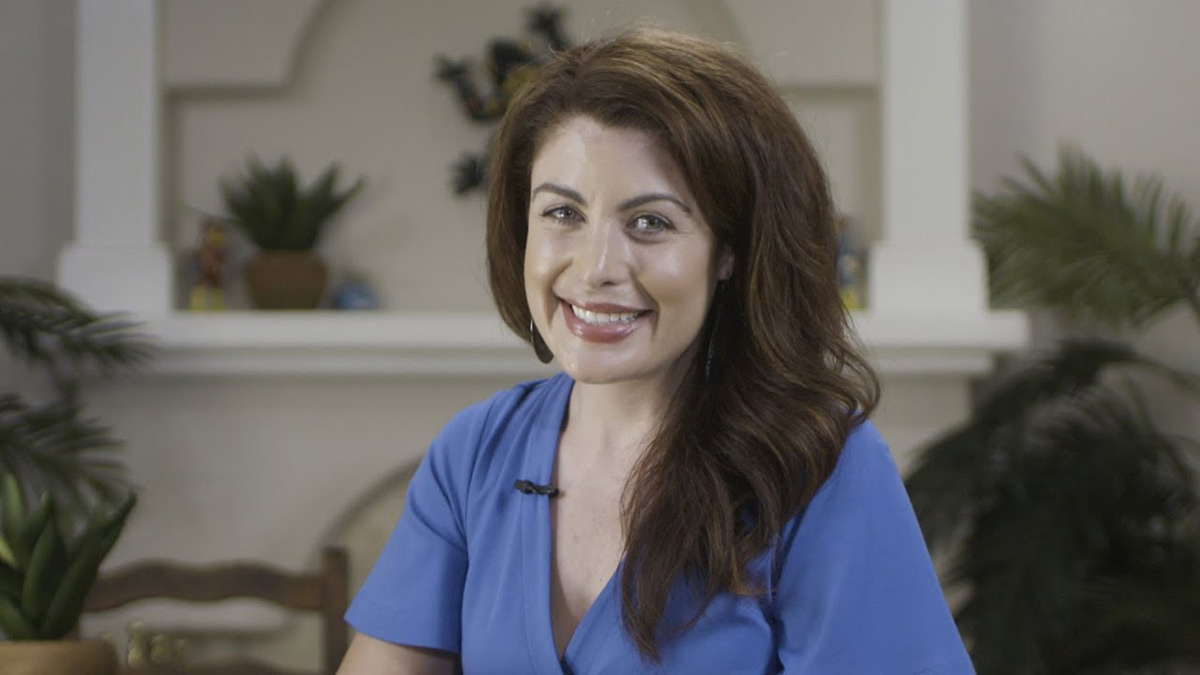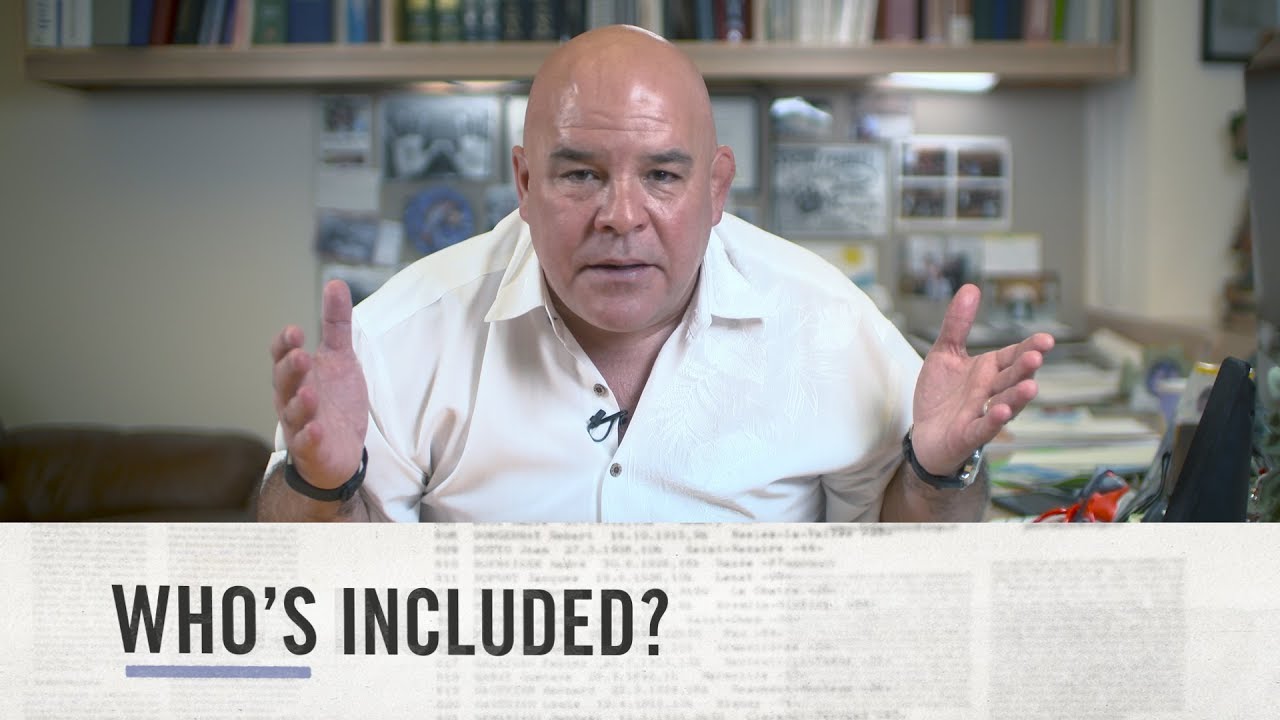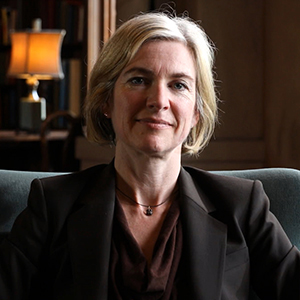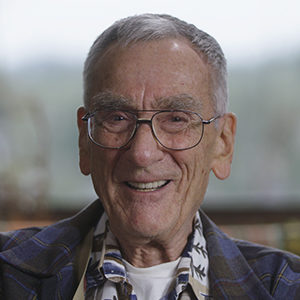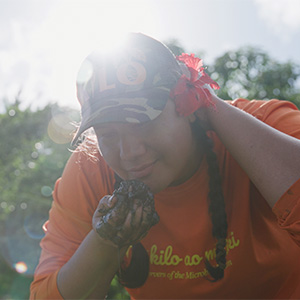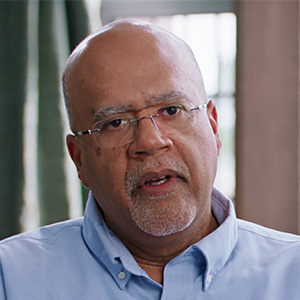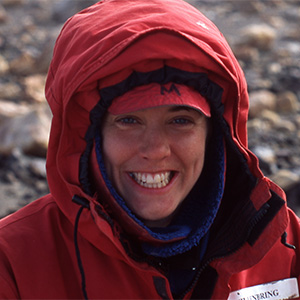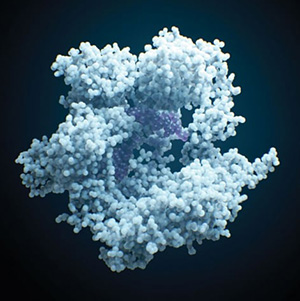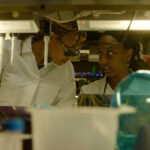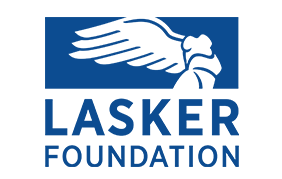Manu Prakash, Ph.D.: I look at my own life and I ask myself this question many a times, you know, why am I a scientist? So, my name is Manu Prakash, I am an associate professor in the Department of Bioengineering at Stanford University. When we introduce science to people, it’s always done in a context that, in the end, somebody’s watching, somebody’s always grading you, somebody’s always looking over your shoulder, are you doing the right thing? And my introduction to science was so informal that I didn’t even know that was science.
Most of my childhood was in this small town called Rampur. If you ever watch a Bollywood movie they talk about this knife called Rampuri Chaku. It used to be made only in that region in the country. So I had this strange fascination with manufacturing really early on, and I think I was just very fortunate that the house that we remembered living the most in essentially had an abandoned lab. There were cobwebs everywhere so there was a sense of mystery to it. I mean, I could be a telescope or it could be a time machine, I had no idea.
We would play with the cows and the animals very much in the same way we would play with this sophisticated scientific instrument. It was just an abandoned space with objects that I could play with, and they were our toys without really knowing what they meant. And my brother and I spent three or four years just really, both organizing that lab and just doing things that I would, from the current standard, describe were quite dangerous.
The very first thing I remember making was this devil that, during a festival, you essentially light up on fire. We made these explosive boats to depict how oil spills actually work. You can see there’s a fire theme in my childhood. I think that’s when I remember I built my very first microscope, and we didn’t have a source of lenses so I actually stole my brothers eyeglasses and for a day or two he was really upset because that was his only pair of eyeglasses. And then I reached high school, and the system works in a very specific way.

I mean, you know, in India tens of millions of kids apply for these exams that you have to pass before you could get into a good engineering school or a good medical school. And these exams were about books, they were not about what I was making. None of my experience counted, and it was a complete U turn from my personality. I was sitting on a chair for 16 hours a day preparing for that exam, but the only way that I survived was, those childhood days came back slowly and, you know, most of what I do in my lab now reflects back on that open ended creativity and curiosity.
I often feel, in science, we are attracted to the exotic. But sometimes curiosity drives you to the mundane, and I think I’m very much, I like the mundane, because I think when you uncover a layer in the mundane and you find something quite puzzling, that tells you that we actually don’t understand the mundane. And my lab studies how cells actually become organisms. Individual cells started sticking to each other maybe 700, 800 million years ago to form these ensembles of groups of cells. But eventually these groups of cells had to differentiate and really do complex functions for these ensembles to become what we call complex multicellular life.
It’s hard to decipher how that got started, but we have the privilege to be curious which is a rare thing that we should all as scientists value because not everybody in life has that privilege. And as a scientist I feel there is a tremendous responsibility that we have, not even to, I mean, make discoveries and seek the truth but to also share that opportunity with more people.
So, I think when I started my lab it was very clear that I’ll spend 50% of my time doing that. You know, there’s a funny story, I started my lab at Stanford, I was promised my lab will be done immediately and I arrived to find out that there was no lab to be found because of some construction goof ups and things like that. So I took my students, I traveled to, you know, remote places in Thailand, we went to India, just asking a question, you know, what inspires us?
We were visiting many labs across Thailand looking at how mosquito surveillance is actually done. Mosquitoes are the most deadly organism on this planet. So, there was this utter surprise that, in fact, that such an important problem and how come we don’t have tools to really be able to monitor mosquitoes at really large scales. And at that time we started thinking about acoustics.
You know, if any of you have grown up in a place that has mosquitoes you realize there’s this buzz, there is enough of a signature that the mosquitoes actually telling you who it is. But our biggest insight was that we were all carrying cell phones in our pockets that have microphones, capability to record, and capability to record geolocation, that’s what led to Abuzz. Anybody who has a $20 flip phone can actually record and contribute.
You know, when a flood comes around in Puerto Rico you could ask yourself, how did that actually change the distribution of mosquitoes? You really need, for a problem like this that’s so important, that effects each one of us, how do we enable everybody in society to be able to contribute to a solution? So, that’s where the citizen science aspect of that came about, but much of that happened in just traveling.
In India, I ended up in the middle of nowhere seeing this pristine microscope. You know, there was only one person who knew how to operate it. Every time you add an order of magnitude of cost to your microscope, order of magnitude of people will never be able to access it. Foldscope is a microscope that we came up with that’s built via origami. You fold it yourself with your own hands and within 15 to 20 minutes you have a fully functional microscope. And a very simple goal that we have with tools that we make is, if we can just make this world more curious a place that would be enough.

There is a video that somebody just posted from a school in Delhi of a kid describing what it means to him. I mean, here is a kid who lives on the street and that sheer joy of, you know, picking up an ant and understanding what it means. Many times, when people collect Foldscope videos, the audio is caught and then you hear a person thinking.
Students in video: “Whoa. Oh my god.”
For the very first time I showed it to a very famous academic scientist who had a lab next door to me, I was a little bit hesitant. You know, you are saving the world developing all these sequencing technologies, I’m making paper microscopes. But, you know, in the end when I did show he had a smile and then just, it’s like, you know, that person shared that sense of wonder and I was like, yeah yeah yeah it’s alright.
And I think since that time, I’ve learned my lesson that, you know, this is your life, there is one life, and it sounds very dramatic but your best work will be the one that you’re most passionate about. You don’t wait to do your best work, you do it now and you do it with the rigor and capabilities that you bring to the table and you will see it will evolve into something that you really dreamed of. You know, you have to listen to yourself, and very much in, if you don’t listen to yourself then you can’t really be an honest scientist.

